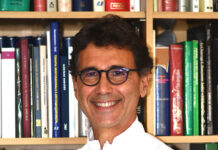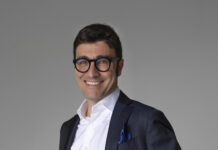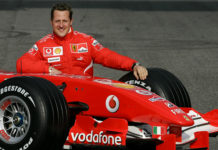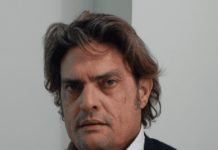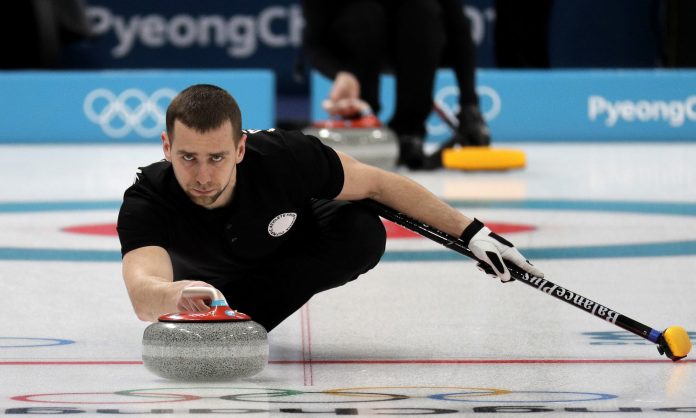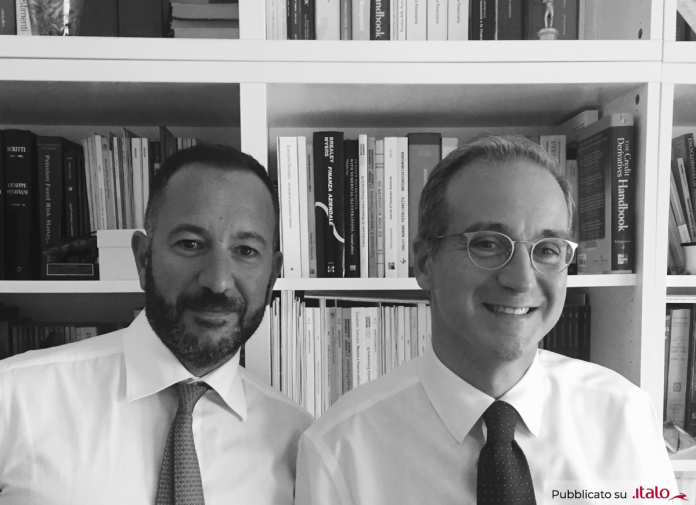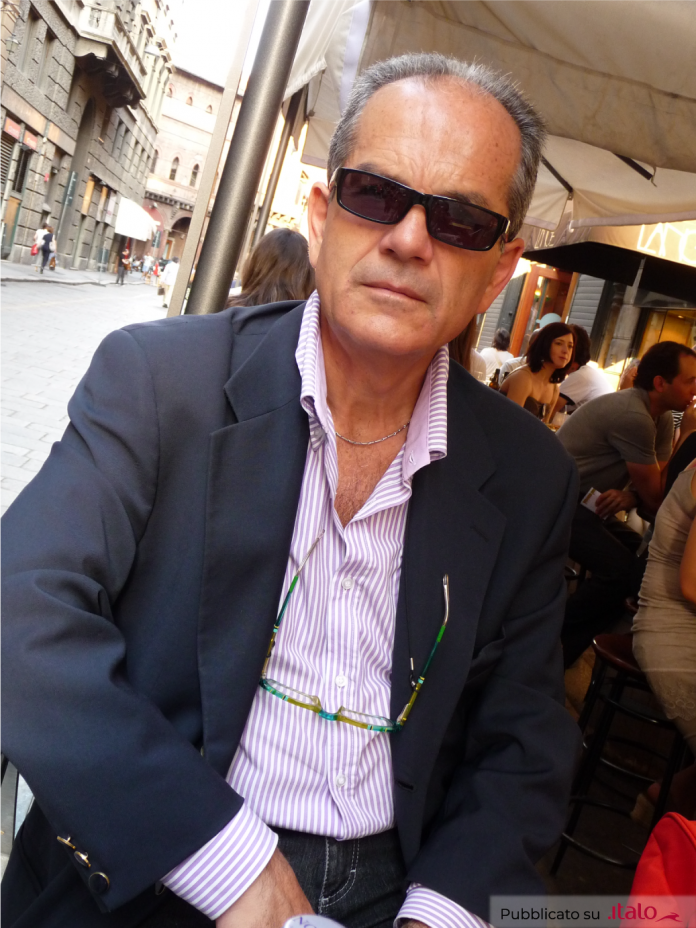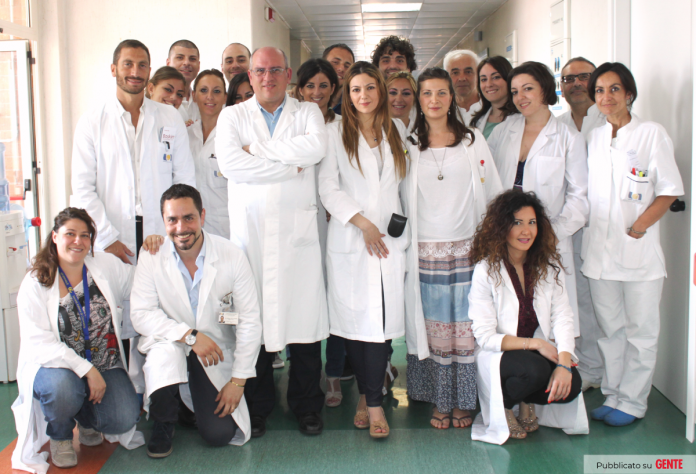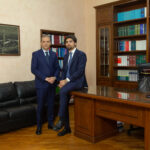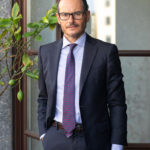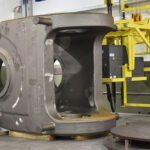Three members of the controversial Oxfam Haiti team that was under investigation for sexual exploitation and other breaches physically threatened a colleague to ensure that person’s silence, according to the charity’s own inquiry into the claims.
The confidential report, finally released on Monday as part of Oxfam’s efforts to draw a line under the crisis that has engulfed it for a week, contains damning new details of serious misconduct in Oxfam’s operations following Haiti’s devastating earthquake.
In addition to the breaches of using sex workers and physical threats, a staff member was dismissed for using the charity’s computing equipment to download “pornographic and illegal material” to a laptop. The Guardian understands the “illegal material” to have been pirated videos.
A copy of the report – with the names of former employees who were dismissed following the scandal redacted – includes details of how the allegations came to light and of Oxfam’s investigative process, which included interviews with some 40 witnesses.
Although their names and job titles were redacted from the released report, the Guardian understands the staff members disciplined for improper behaviour came from across all areas of the team’s operations, from managers to assistants.
Significantly, the report also describes in detail the controversial deal that allowed the disgraced country director, Roland van Hauwermeiren, to quietly resign in exchange for helping with the inquiry.
In addition to the use of sex workers, the report notes Van Hauwermeiren was also accused of “negligence and failure to safeguard employees – in particular, female employees”.
In a statement accompanying the report Oxfam explained why it was publishing its inquiry. “We are making this exceptional publication because we want to be as transparent as possible about the decisions we made during this particular investigation and in recognition of the breach of trust that has been caused.
“We are also meeting with the government of Haiti to apologise for our mistakes and discuss what more we can do, including for the women affected by these events. We hope this also contributes to rebuilding trust with those who support our work.
“However difficult it is to meet the demands of transparency, and however hard it is to confront mistakes of the past, we believe that ultimately this will help us take meaningful action and become more effective in our mission to tackle poverty and help people hit by disaster.”
According to the report the alarm over the conduct of the Oxfam Haiti team was first raised in the headquarters of Oxfam GB (OGB) by an email from a staff member in Oxfam’s Latin America and Caribbean region office who claimed members of the team were engaged in “sexual exploitation (use of prostitutes in OGB guest houses and sexual harassment of staff)”, as well as making claims of “fraud, negligence and nepotism”.
The report continues that as an investigative team prepared to depart for Haiti “allegations were received from [a staff member] that the country director had also breached the charity’s code of conduct through the alleged use of prostitutes” at his Oxfam-funded accommodation.
According to the published investigation, after four days the only substantiated allegations were those against Van Hauwermeiren, who was ordered to attend an interview with the investigators at their hotel and confronted with the claims and admitted to using sex workers at his home.
As described by Oxfam’s chief executive, Mark Goldring, last week in an interview with the Guardian, Van Hauwermeiren was offered a “phased and dignified exit, provided that he … fully cooperate[d] with the rest of the investigation” – a proposal agreed with senior Oxfam management, including the now resigned deputy head of Oxfam GB, Penny Lawrence.
The report depicts a dysfunctional operation in Haiti marked by a culture of bullying, breach of trust and a failure to uphold the organisation’s own code of conduct, not least the efforts by some staff to undermine the inquiry. The impression it leaves is likely to be as damaging as the sexual exploitation allegations themselves.
Having briefed the staff in the office in the Haitian capital, Port-au-Prince, that an investigation was under way, the main part of the investigation commenced. During the investigation 40 witnesses were interviewed. While the investigation was still in progress, the line manager of one of the suspects leaked an investigation report to an unconnected member of staff.
This resulted in three of the suspects physically threatening and intimidating one of the witnesses who had been referred to in the report. This incident led to further charges of bullying and intimidation against these three members of staff.
The now published report also appears to undermine Van Hauwermeiren’s own denials – to Belgian media last week – in which he stated that he had not had sex with prostitutes.
The release of the report follows the threat by Haiti over the weekend to revoke Oxfam’s permission to work in the country.
“If there has indeed been an infraction … I will not hesitate to revoke Oxfam’s right to operate in Haiti,” Aviol Fleurant, Haiti’s minister of planning and external cooperation, told CNN.
Source https://www.theguardian.com/world/2018/feb/19/trio-oxfam-haiti-team-threatened-key-witness-confidential-report



















